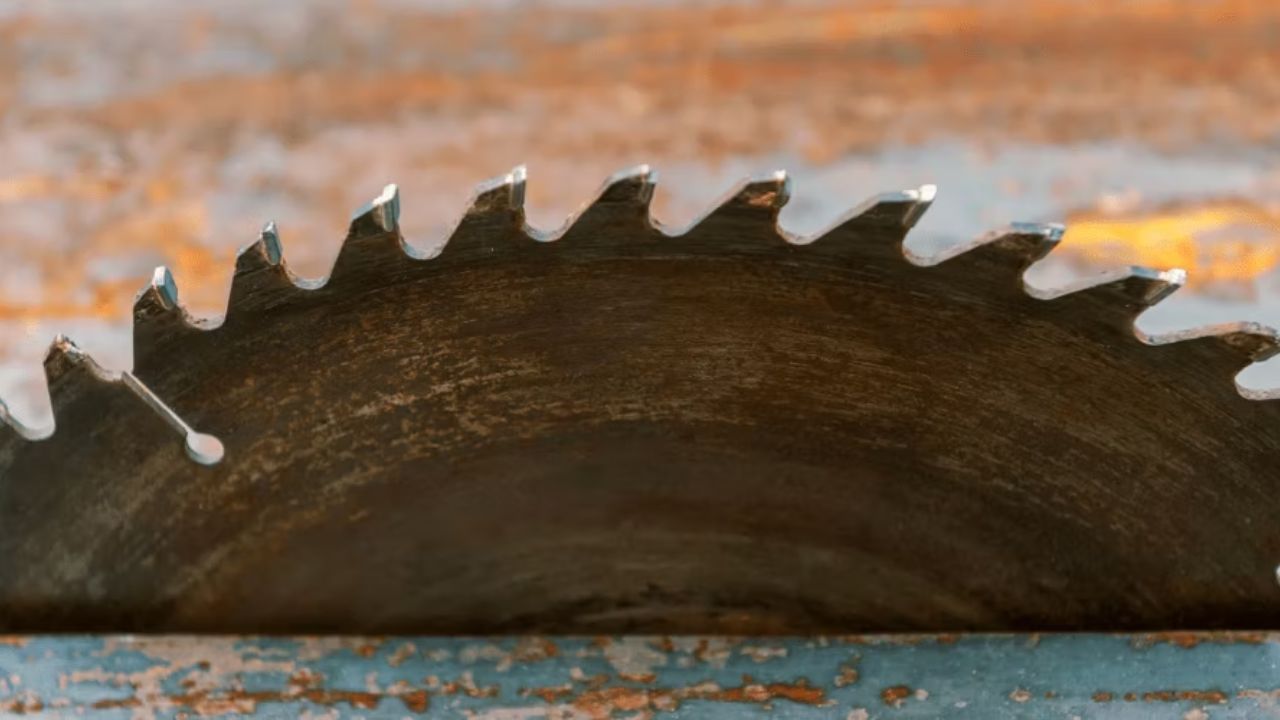Wood chippers are one of the most important equipment. It is used in yard maintenance, land clearing, and recycling of wood. Wood chippers are mainly determined by the blades they possess. These chipper blades determine the efficiency of the chippers. Knowledge of the various types of wood chipper blades and the various applications that go with them will assist the users in choosing the most appropriate blade.
Straight Blades
Straight blades which are also referred to as fixed blades are the most commonly used wood chipper blades. These are relatively simple in construction and are usually manufactured from high-quality steel. It is mostly applied for small to medium-sized branches and brush piles. Because straight blades offer a basic design, they are considered to be very efficient for chipping in general. They are easy to maintain and give a clean cut. However, they may not be appropriate for dealing with very large or dense materials.
Flail Blades
Flail blades or swinging blades are meant for more massive and harder materials as compared to disc blades. These are fixed on a rotating drum and have a swinging action that enables them to chop through large branches and hardwoods. Flail blades are particularly helpful in high throughput chippers where large quantities of material have to be chipped. They are useful for land clearance and handling large quantities of waste material. Although flail blades are useful for their intended use, they need constant maintenance to be in their best shape.
Serrated Blades
Serrated blades have a series of sharp edges that are shaped like teeth and are perfect for cutting and can also last for quite some time. These blades are most suitable for shaving tough or dried materials since the serrations assist in holding and cutting the material. Serrated blades are mostly used in professional-level chippers where accuracy and sturdiness are critical. They can cut almost any material and are not as likely to blunt as straight blades. However, they may need to be sharpened more often than the other tools to ensure that they are serving the intended purpose.
Double-edged Blades
Chipping operations may be performed using double-edged blades which are versatile. These blades have two cutting edges and the user can switch between the two giving the blade a longer life span. These blades are ideal for both fine and coarse chipping and therefore can be used in many applications. They offer flexibility of use and sharpness because users can flip the edges when one becomes blunt. This type of blade is suitable for a user who requires a blade that can be used on various types of wood.
Disc Blades
Disc blades are normally found in the large industrial shredders used in chipping wood. It has chipping blades that are mounted on a rotating disc and are intended for high-performance chipping. They are efficient in dealing with extensive material in the shortest time possible and are capable of dealing with thick and heavy branches. Disc blades are very strong and fast and therefore ideal for commercial use where speed and power are paramount. They are normally more difficult to maintain than the other type but they outperform in tough conditions.
Conclusion
Selecting the right wood chipper blade is based on the requirements of the user. Secondly on the material that is to be chipped. This paper aims to enlighten users on the various types of blades and their applications. This information will help in improving the performance of wood chipping processes.














